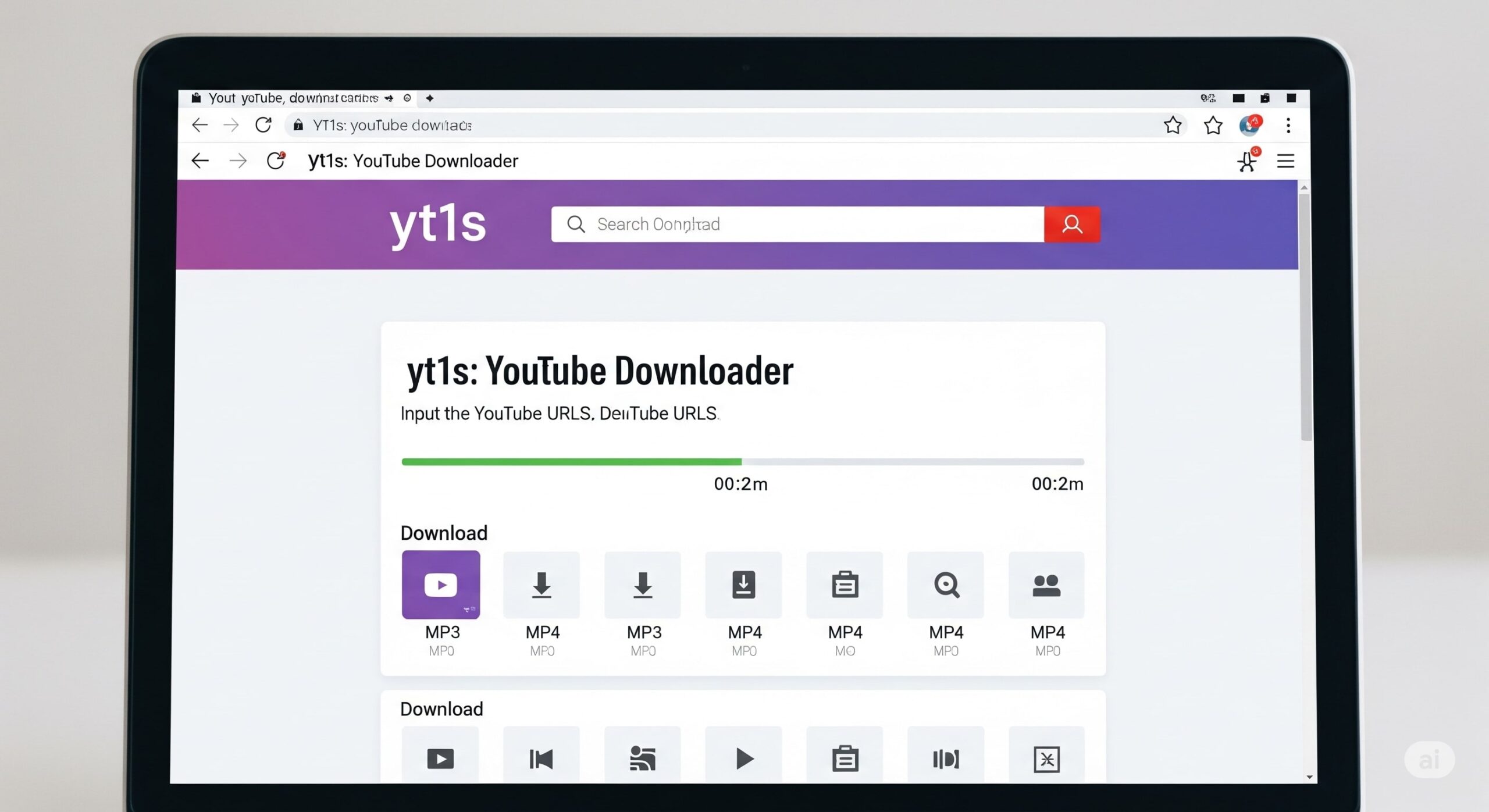Introduction
Uber App development has completely changed how people think about transportation. With just a few taps on a smartphone, riders can book a cab, track the driver, and make payments, all without friction. This simple yet powerful idea has turned Uber into a global leader in the ride-hailing market, inspiring countless startups and entrepreneurs to create their own versions of the Uber business model.
But here’s the thing: developing an Uber-like app isn’t just about copying a few features and putting them into an app. It’s about understanding the ecosystem, how passengers, drivers, and the platform interact to create seamless experiences.
In today’s digital economy, consumers are all about convenience. That’s why on-demand apps have exploded across industries, from food delivery (DoorDash, Uber Eats) to healthcare (telemedicine platforms). If you’re planning to launch your own Uber-like app development, you’re not just building software; you’re creating an entire business model that must be scalable, user-friendly, and profitable.
This guide is here to walk you through the complete process. From understanding the Uber model and its essential features, to exploring technology stacks, cost breakdowns, and future trends, you’ll gain a clear roadmap for developing your own Uber-style platform. By the end, you’ll not only know how to build the app but also how to grow and sustain the business.
Understanding the Uber Business Model
To genuinely imitate Uber’s success, first understand how its business model works. Fundamentally, Uber functions as a platform that links drivers and riders in a two-way marketplace. Unlike typical taxi services, Uber does not own vehicles or directly employ drivers. It serves as the bridge instead, collecting a commission for each ride that is completed.
Here are the key components that make Uber’s model thrive:
- Convenience: Riders can book a ride anytime, anywhere, without waiting for street cabs.
- Dynamic Pricing: Surge pricing ensures drivers are incentivized during peak hours, while Uber maximizes revenue.
- Trust and Safety: Features like real-time tracking, driver ratings, and cashless payments build user confidence.
- Scalability: Uber’s platform was designed to scale quickly into new markets without major overhead.
Uber’s success also lies in its network effect; the more riders who join, the more drivers are motivated to sign up, and vice versa. This creates a growth cycle that strengthens the business with every new user.
For startups, the lesson here is clear: you’re not just building an app, you’re building a marketplace that needs a balance between supply (drivers) and demand (passengers). Without this balance, even the best-designed app will struggle to gain traction.
Key Features of an Uber-like App
When users download an app like Uber, they expect an experience that’s smooth, fast, and reliable. Missing even one crucial feature can frustrate customers and lead them to uninstall your app. That’s why feature selection is the foundation of your development process.
Here’s a breakdown of the must-have features for each side of the platform:
Passenger App Features
- Easy Registration & Profile Management: Social media or phone-based login for quick access.
- Ride Booking & Scheduling: Instant booking or pre-scheduled rides.
- Real-Time GPS Tracking: Let riders see the driver’s location in real time.
- Multiple Payment Options: Credit/debit cards, wallets, UPI, PayPal, or cash.
- Ride History: Past bookings and invoices for easy reference.
- Rating & Feedback System: Helps maintain service quality.
Driver App Features
- Registration & Background Verification: Ensures only verified drivers are onboarded.
- Trip Alerts & Navigation: Notifications and GPS-based directions.
- Earnings Dashboard: Transparency on completed rides and income.
- Availability Toggle: Drivers can switch between online and offline modes.
- In-app Communication: Call or chat with passengers securely.
Admin Panel Features
- User & Driver Management: Complete control over the ecosystem.
- Fare Management & Commission Settings: Flexibility to set pricing rules.
- Analytics Dashboard: Insights into business performance.
- Complaint Handling System: Resolves disputes effectively.
In short, an Uber-like app needs to serve three different audiences: passengers, drivers, and administrators. A flawless balance of features across all three is the backbone of your business success.
Steps to Develop an Uber-like App
Building an app like Uber is not just about coding; it’s about strategic planning from start to finish. Let’s break down the step-by-step development process:
1. Market Research and Validation
Before writing a single line of code, study your target market. What gaps exist in transportation services? Is there demand for ride-hailing in suburban areas, or is the market already saturated in big cities? Customer interviews, competitor analysis, and surveys can give you insights into whether your idea is worth pursuing.
2. Choosing the Right Tech Stack
Your technology stack decides how scalable and reliable your app will be. The wrong choice can lead to performance issues, poor user experience, and high maintenance costs. (We’ll cover the best tech stacks in the next section.)
3. Designing the User Experience (UX)
UX is often underestimated, but it’s a game-changer. A clean interface, easy navigation, and minimal clicks for booking rides can set you apart. Use wireframes and prototypes to test usability before going live.
4. Development and Testing
Once your foundation is ready, start coding the backend, frontend, and mobile apps. Agile development works best for this type of project, as it allows you to test features iteratively. Rigorous testing ensures your app is bug-free and stable.
5. Launch and Scale
After launch, don’t sit back and relax. Collect feedback, fix issues quickly, and gradually scale to new cities or regions. Continuous updates and improvements keep your platform competitive.
Technology Stack for Uber App Development
The technology behind Uber is robust, and while you don’t need the same stack, you must choose tools that provide speed, scalability, and security.
Backend Technologies
- Node.js / Python / Java / Ruby on Rails – For building a scalable backend.
- MongoDB / PostgreSQL / MySQL – Reliable database solutions for handling user and ride data.
Frontend & Mobile Development
- React Native / Flutter – Cross-platform frameworks for Android and iOS apps.
- Swift (iOS) & Kotlin (Android) – Native app development for top performance.
APIs & Integrations
- Google Maps API – Real-time navigation and route optimization.
- Stripe / PayPal / Razorpay – Secure payment gateways.
- Twilio / Firebase – Push notifications, in-app messaging, and OTP verification.
Cloud Infrastructure
- AWS / Google Cloud / Azure – To host and scale your app efficiently.
When choosing your tech stack, consider future scalability. If your goal is to expand globally, make sure the technology can handle millions of users without compromising speed or security.
How Much Does It Cost to Build an Uber-like App?
When planning to build an Uber-like app, one of the first questions entrepreneurs ask is: How much will it cost? The truth is, there’s no single fixed price tag. Costs depend on factors like features, design, development team location, and ongoing maintenance. To give you a realistic picture, let’s break this down.
Factors Affecting Cost
- Feature Complexity – A simple app with basic ride-booking features may cost significantly less than a full-scale Uber clone with real-time tracking, AI-driven pricing, and in-app wallets.
- Platform Choice – Building apps for both iOS and Android will naturally cost more than targeting one platform. Cross-platform frameworks like Flutter may reduce costs but could compromise performance.
- Design & User Experience – A sleek, intuitive interface requires expert designers, which increases expenses. But remember, poor design can drive users away.
- Backend Development – Real-time matching of riders and drivers requires a powerful backend with strong server infrastructure.
- Third-Party Integrations – APIs for maps, payments, and notifications come with setup and sometimes usage fees.
- Team Size & Expertise – Hiring a freelance developer is cheaper, but experienced development agencies provide scalability, testing, and long-term support.
Development Timelines
The time taken to build an Uber-like app depends on scope and complexity:
- Basic MVP (Minimum Viable Product): 3–6 months
- Fully Functional Uber Clone: 9–15 months
- Enterprise-Grade Platform with AI Features: 18+ months
Building faster is possible with pre-built solutions, but these may limit customization and scalability.
Regional Differences in Pricing
Development costs vary dramatically based on geography:
RegionHourly Rate (Avg.)Estimated Cost (Full App)
North America (USA/Canada) $80 – $150/hr $200,000 – $400,000+
Western Europe $60 – $120/hr $150,000 – $300,000
Eastern Europe (Ukraine, Poland) $40 – $70/hr $80,000 – $200,000
India & Southeast Asia $20 – $50/hr $40,000 – $100,000
If you’re a startup with limited funding, outsourcing to regions like India or Eastern Europe can save money while still delivering quality.
Revenue Models for Uber-like Apps
An app like Uber must not only work well but also generate sustainable revenue. Multiple monetization strategies are available, and combining them often brings the best results.
Commission-Based Model
This is Uber’s bread and butter. For every ride, Uber charges drivers a commission (typically 20–30%). If your app connects riders and drivers, this model ensures a steady income stream.
Surge Pricing
Demand fluctuates throughout the day. During peak hours—like Friday nights or bad weather—Uber uses surge pricing, charging higher fares. This model benefits both drivers (higher earnings) and the company (higher revenue).
Subscription or Membership Options
Some ride-hailing apps now offer monthly subscriptions for discounted rides or free cancellation privileges. This builds customer loyalty and provides predictable recurring income.
Other possible revenue streams include in-app advertising, partnerships with local businesses, or even premium services like luxury cars and chauffeur rides.
Challenges in Building an Uber-like App
Launching an Uber-like app sounds exciting, but the journey is filled with challenges. Many startups fail not because of bad tech, but because they underestimate these hurdles.
Market Competition
Uber, Lyft, Bolt, Ola, and giants dominate the market. Breaking into this space requires strong differentiation. Focusing on niche markets (like women-only rides, eco-friendly rides, or rural transportation) can give you a competitive edge.
Regulatory Challenges
Ride-hailing apps often face strict government regulations. From taxi licenses to insurance policies, every region has its own rules. Uber itself has battled lawsuits and bans worldwide. Ignoring compliance can sink your business before it even starts.
Technical Scalability
Your app might work fine with 100 users, but what about 100,000? Real-time tracking, instant payments, and seamless communication require a scalable infrastructure. Without it, downtime and glitches will drive users away.
Additionally, ensuring data privacy and cybersecurity is crucial, especially since financial transactions are involved.
Marketing Strategies for Your Uber-like App
Developing a ride-hailing app is just half the battle; the real challenge is getting people to use it. With the market already crowded, your app must stand out and attract both riders and drivers. Here are proven strategies to make that happen.
Pre-Launch Campaigns
Building hype before launch is crucial. Think of it like a movie trailer, generate buzz so users are ready when you go live.
- Teaser Videos & Social Media Ads: Short, catchy promos showing how your app makes life easier.
- Early Access Sign-ups: Offer discounts or free credits for users who register before the launch.
- Local Community Events: If you’re targeting a specific city, hold small events to spread awareness.
Partnerships and Referrals
Word-of-mouth is powerful in the ride-hailing business. Uber grew massively thanks to its referral programs.
- Referral Bonuses: Give free rides or credits to users who invite friends.
- Business Partnerships: Team up with local restaurants, malls, or event organizers to provide ride discounts.
- Driver Incentives: Offer attractive joining bonuses to recruit drivers faster.
Digital Marketing Techniques
- SEO & Content Marketing: Rank your app on Google when people search for “cheap rides” or “best taxi app.”
- Paid Ads (Google & Facebook): Target specific demographics like college students or working professionals.
- Influencer Marketing: Local influencers can showcase your app to thousands instantly.
- App Store Optimization (ASO): Use the right keywords, screenshots, and reviews to rank higher in app stores.
The golden rule? Start local, build loyalty, and then scale nationwide or globally.
Legal and Compliance Considerations
Legal frameworks can make or break your app. Unlike other businesses, ride-hailing apps operate in a heavily regulated industry, so compliance isn’t optional.
Licensing and Permits
Most cities require ride-hailing apps to obtain transportation permits or licenses. Without them, you risk being shut down. Check with local authorities before launching.
Data Protection and User Privacy
Since you’ll be handling sensitive data (names, phone numbers, payment details, locations), compliance with GDPR (Europe), CCPA (California), or other local privacy laws is mandatory. A breach of trust could cost you both money and reputation.
Insurance Requirements
Drivers need proper insurance coverage, and in some regions, platforms are legally required to provide passenger insurance. This ensures safety and builds trust with customers.
Ignoring legal compliance might save money in the short term, but it will cause massive headaches down the road.
Future Trends in Uber App Development
The ride-hailing industry is evolving quickly. To stay relevant, your app must adapt to new technologies and user demands.
AI and Machine Learning
AI can optimize route planning, predict demand, and even detect fraud. Imagine your app suggesting the cheapest and fastest ride option in real time—it’s a game-changer.
Autonomous Vehicles
Self-driving cars are no longer science fiction. Companies like Waymo and Tesla are testing autonomous ride-hailing. While full adoption is years away, being ready for this trend can future-proof your app.
Eco-Friendly Ride-Sharing
Sustainability is now a selling point. Apps that promote electric vehicles (EVs), hybrid cars, or carbon offset programs will attract eco-conscious riders. Expect green mobility to be a huge trend.
Case Studies of Successful Uber-like Apps
Looking at Uber’s competitors gives us valuable lessons.
Lyft
Focused on community and friendly branding, Lyft captured a big share of the US market by differentiating itself as the “people-friendly” alternative to Uber.
Bolt
Popular in Europe and Africa, Bolt gained traction by offering lower commission fees to drivers and more affordable rides for passengers.
Ola
Based in India, Ola succeeded by adapting to local needs—like offering auto-rickshaw bookings and supporting regional payment methods.
The takeaway? Success comes not from copying Uber but from adapting to your local market.
Mistakes to Avoid in Uber App Development
Even with a great idea, many startups fail due to common errors.
Ignoring User Experience
If your app is slow, buggy, or confusing, users will uninstall it within minutes. Focus on clean design and smooth performance.
Poor Driver Onboarding
Drivers are the backbone of your business. Complicated sign-up processes, lack of training, or low incentives can lead to shortages.
Weak Marketing Strategy
Even the best app won’t succeed without marketing. Don’t wait until after launch—start building buzz early.
Tips for Entrepreneurs Entering the Ride-Hailing Market
If you’re new to this space, here are practical tips to boost your chances of success.
Start Small, Scale Fast
Pick one city or niche market first. Once you prove the model, expand aggressively.
Focus on Niche Markets
Instead of competing directly with Uber, target unique segments: women-only rides, pet-friendly taxis, or eco-rides.
Build Long-Term Customer Trust
Transparency, fair pricing, and excellent customer support will keep users loyal even in a crowded market.
Conclusion
Uber’s success wasn’t overnight; it was the result of a solid business model, innovative features, and relentless scaling. If you want to build your own Uber-like app, remember it’s not just about coding an app; it’s about creating a complete ecosystem where passengers, drivers, and technology work in harmony.
From cost considerations and revenue models to marketing, compliance, and future trends, this guide has shown you the roadmap. Whether you’re a startup founder or an established business, the ride-hailing market offers huge opportunities, but only if you play it smart.
The future belongs to those who innovate, adapt, and deliver value consistently. So, if you’ve been dreaming about launching your Uber-style platform, the best time to start is now.
FAQs
1. How long does it take to build an Uber-like app?
Typically, 6–12 months for a full version, depending on complexity.
2. Do I need a huge budget to compete with Uber?
Not necessarily. Starting small and targeting niche markets can help you grow without massive funding.
3. Can I build an Uber-like app without coding skills?
Yes, with no-code/low-code platforms, but for scalability, hiring a development team is better.
4. How do I attract drivers to my platform?
Offer incentives, lower commission rates, and smooth onboarding.
5. What’s the biggest challenge in this business?
Balancing supply and demand. Without enough drivers or passengers, the marketplace won’t work.






